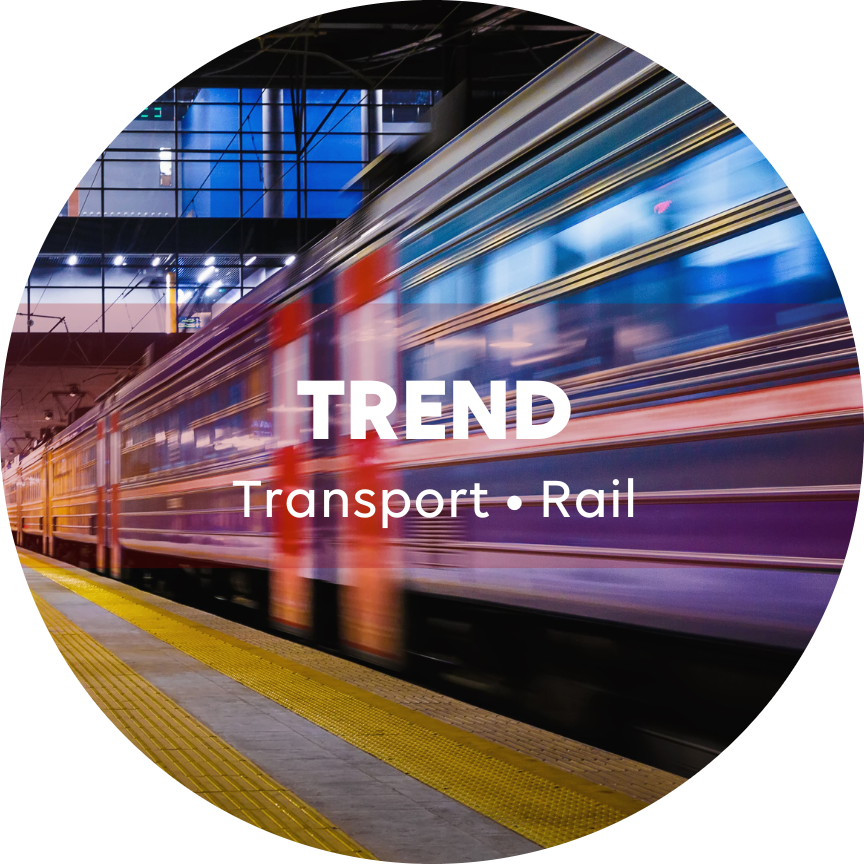Transport • Popular among industry, civil society and public authorities, rail continues its expansion
While the low carbon intensity of trains makes them the preferred target of public policies for a modal shift, whether for short or long distances. On the other hand, coal, metals and the various goods they transport are closely linked to carbon-intensive industries... China in particular is driving rail expansion.

Trains play a sometimes-ambiguous game. On the one hand, their low carbon intensity makes them the preferred target of public policies for a modal shift, whether for short (urban rail) or long distances (high-speed lines). On the other hand, coal, metals and the various goods they transport are sometimes closely linked to industries that emit large amounts of carbon dioxide. China, in particular, continues to develop its rail network, deploying transport infrastructure around the world, and increasing its economic and political influence.
- Having reached the limits of efficiency gains for rolling stock, rail transport wages its bets on electrification and renewables to reduce carbon emissions
- China is setting the world on its tracks, starting with rail activity in its territory, and elsewhere through the Belt and Road Initiative
- After a euphoric start, the Belt and Road Initiative is losing steam
- In Africa, strategic resources give rail a new boost
In passenger transport, freight and urban rail alike, China is moving quicker than the rest of the world. Even more so, China is behind the roll-out of the global railway network. Through its Belt and Road Initiative, a major program to develop roads and trade infrastructure initiated by the Chinese government in 2013, rail projects have mushroomed in Asia, Europe and Africa. The deal is always the same: China finances largescale projects (ports, railways, roads, airports, etc.) and in exchange obtains special access to resources and local trade. Undoubtedly, far from aiming at a modal shift from road or air freight, the development of Chinese rail is much more about economic and political strategy than climate concerns. Multiple failures, sometimes due to opposition from environmental associations, have nevertheless begun to curb the trend.



